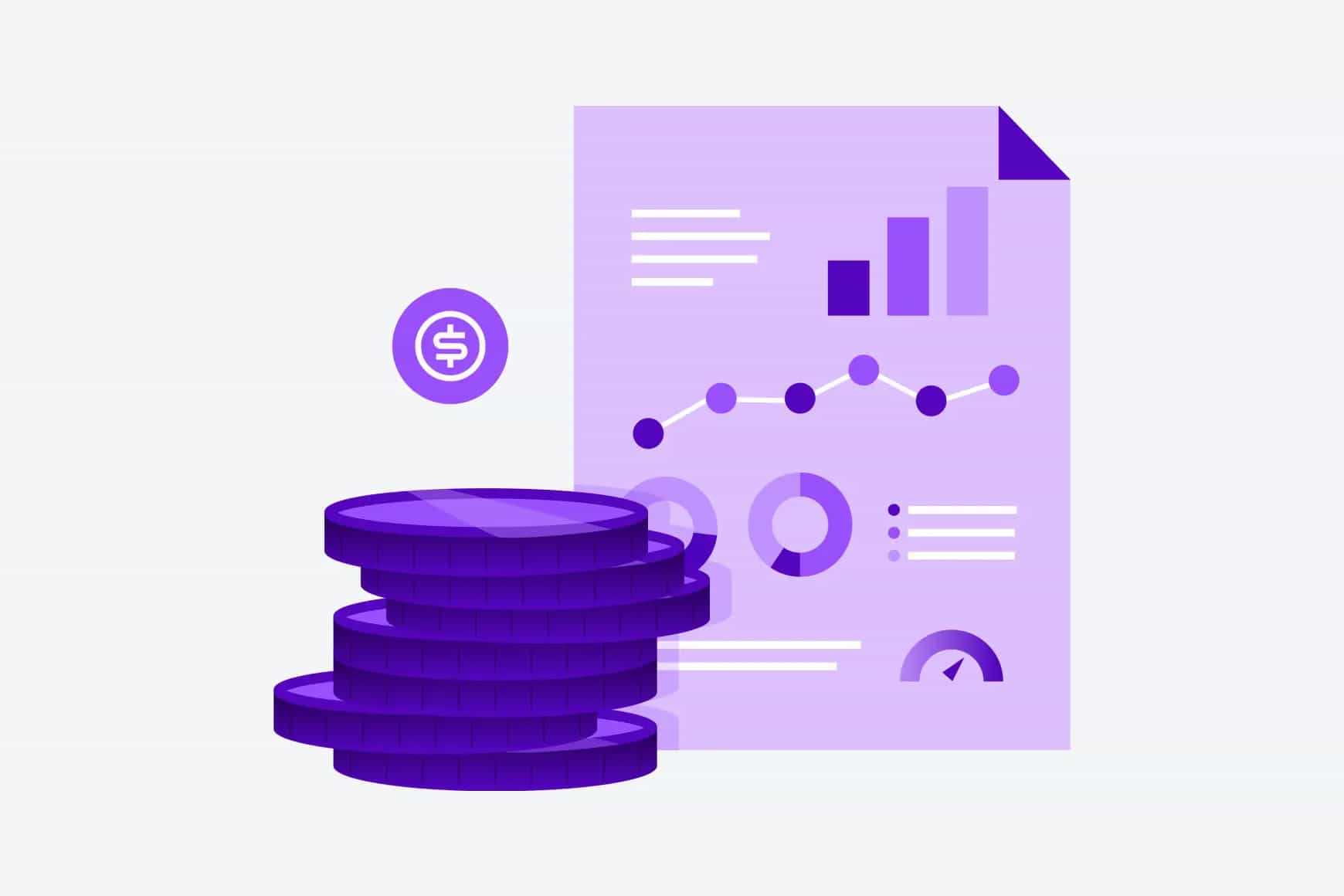Are your contact center KPIs outdated?

By Clayton Lougée
0 min read

I spend most of my time talking with contact center and CX leaders across industries—from retail and banking to healthcare and public sector. And one comment keeps coming up:
“We’re measuring everything. But we’re not sure we’re measuring the right things.”
That’s an issue. Not just because it wastes time and effort, but because the wrong metrics can push your teams toward the wrong behaviors and, ultimately, the wrong outcomes. I recently joined Crystal Miceli, our SVP of product marketing and industry strategy, for a deep dive into contact center KPIs and the evolving trends. We based the conversation on the findings published in the IDC InfoBrief: Contact Center Performance* of 417 contact centers, and some of the results were particularly striking and prompted deeper reflection. If you manage a contact center, this post is a quick hit on what stood out from the data and how the teams are already adjusting.
Want to learn more? Watch the recording!

ON-DEMAND WEBINAR
Contact center KPIs: How do you stack up? (And how to level up)
Explore insights from the brand-new IDC InfoBrief, Contact Center Performance, in which we surveyed contact center leaders like you about their critical KPIs. We’ll unpack what’s working, what’s not, and how you can build a strategic plan to align your contact center with your broader business goals.
The KPI disconnect: What the IDC data revealed.
IDC surveyed contact centers across the U.S. that aren’t Talkdesk customers. Why? We wanted an unbiased look at what’s happening in the broader market. Here’s what jumped out:
-
81% of calls are still being routed to live agents—even for simple tasks.
-
Up to 20% of customers abandon before ever speaking to someone.
-
Hold times are averaging 30 seconds before a resolution even begins.
Surprisingly, virtual agents underperform humans across most channels, at least for those not using modern, purpose-built AI.
None of this was shocking in theory. But seeing it laid out in the data, especially that abandonment rate, makes the missed potential impossible to ignore. Every time a customer hangs up before getting help, that’s more than lost loyalty. That’s potential revenue walking away.
What high-performing contact centers do differently.
At Talkdesk, we work with organizations that are actively reimagining what success looks like in their contact centers. That starts with challenging some of the assumptions we’ve all inherited from legacy systems. Here’s what I see the top performers doing differently:
1. They prioritize efficacy over efficiency.
Yes, handling time still matters, but not at the expense of solving the customer’s problem. The best operations focus on first contact resolution, personalized support, and improving customer satisfaction.
2. They let AI do what humans shouldn’t have to.
You shouldn’t need a live agent to reset a password or check an account balance. Smart use of AI deflects those low-value, high-volume tasks, so agents can focus on what they do best: complex, high-stakes conversations.
BankUnited, for example, leveraged Talkdesk Autopilot™ to achieve a 16% increase in self-service and a 28% reduction in abandonment rates. That’s not just an improvement in metrics, it’s a better experience for customers and more meaningful work for agents.
3. They integrate, instead of making agents toggle through several different systems.
We still see many contact centers where agents have to jump between platforms to find answers. That slows everything down and drives agent burnout. When data flows freely across systems (and ideally into a single pane of glass workspace), agents become more confident, customers get better outcomes, and everyone wins.
Why it’s time to rethink your contact center KPIs.
If your dashboard is still prioritizing average handle time (AHT) and call volume without context, it’s probably not telling you the whole story. Here’s what you should be asking:
- Can our customers resolve their issues the first time they reach out?
- Are our agents empowered with the right tools and information?
- Are our automation efforts creating real value, or just pushing frustration downstream?
KPIs need to be tied to outcomes that reflect customer satisfaction, agent experience, and business impact, not just operational volume.
AI can help, if done right.
The study also revealed a hard truth: many organizations have had disappointing results from bad automation. You’ve probably been there—pressing “0” repeatedly to escape an IVR, or yelling “representative” into your phone. It’s no wonder customers are skeptical of virtual agents. But that doesn’t mean AI is the problem. It means the implementation was flawed.
When AI is trained on relevant data, embedded in workflows, and designed around the customer, not the system, it’s not just tolerated, it’s preferred.
Take Michaels, the national arts and crafts retailer. They used Talkdesk Copilot to automate post-call tasks and achieved a 93% reduction in after-call work. That’s not a rounding error—that’s giving agents back real time to do real work.
Where to start: A consultant’s view.
I get asked often: “If we want to modernize, where do we begin?” Here’s my advice: start with the biggest pain point for your customers or agents. If abandonment is high, start with self-service. If agents are overloaded, focus on automation and integrations. If your metrics feel disconnected from your goals, it’s time to revisit your KPIs altogether.
And you don’t need to rip and replace your entire tech stack to get there. One thing I always emphasize is that modern, AI-powered solutions can sit on top of legacy systems. You can phase your transformation without sacrificing momentum.
If this post sparked questions, that’s a good place to start. It means you’re ready to ask, “Are we measuring what really matters?” We also commissioned Forrester Consulting to conduct a Total Economic Impact™ (TEI) study for a comprehensive approach to assessing the potential impact of investing in Talkdesk CX Cloud, with the following results:
-
$9.5M in benefits over 3 years.
-
60% call deflection through AI-powered self-service.
-
$1.7M saved in agent hiring and training costs due to lower churn.
-
Payback in under 6 months.
Those aren’t projections; they’re the actual results from organizations that committed to modernizing their CX strategy. And if you’d like help thinking through where to start, my team does that every day. We’d be happy to review your current metrics and priorities and help you build a roadmap that delivers real value and fast. Because if your KPIs aren’t helping you serve customers better, they’re just noise.

ROI Calculator
Calculate the value of AI-powered CX.
The AI-powered Talkdesk CX Cloud platform automates customer self-service, empowers agents, operationalizes AI and ensures your customers are in safe hands. We’re putting generative AI into the everyday tools that make customer service the best it can be.

*doc #US53017524, February 2025





